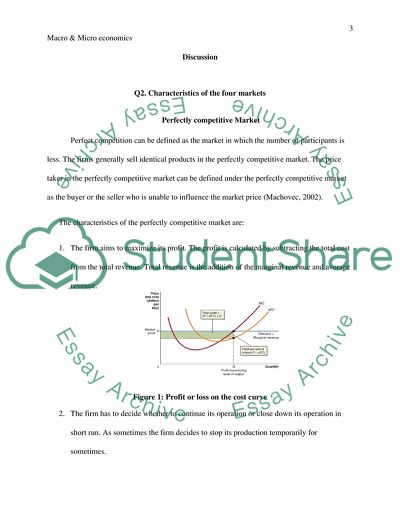Cite this document
(Four types of markets Essay Example | Topics and Well Written Essays - 1750 words, n.d.)
Four types of markets Essay Example | Topics and Well Written Essays - 1750 words. https://studentshare.org/macro-microeconomics/1854384-four-types-of-markets
Four types of markets Essay Example | Topics and Well Written Essays - 1750 words. https://studentshare.org/macro-microeconomics/1854384-four-types-of-markets
(Four Types of Markets Essay Example | Topics and Well Written Essays - 1750 Words)
Four Types of Markets Essay Example | Topics and Well Written Essays - 1750 Words. https://studentshare.org/macro-microeconomics/1854384-four-types-of-markets.
Four Types of Markets Essay Example | Topics and Well Written Essays - 1750 Words. https://studentshare.org/macro-microeconomics/1854384-four-types-of-markets.
“Four Types of Markets Essay Example | Topics and Well Written Essays - 1750 Words”. https://studentshare.org/macro-microeconomics/1854384-four-types-of-markets.


